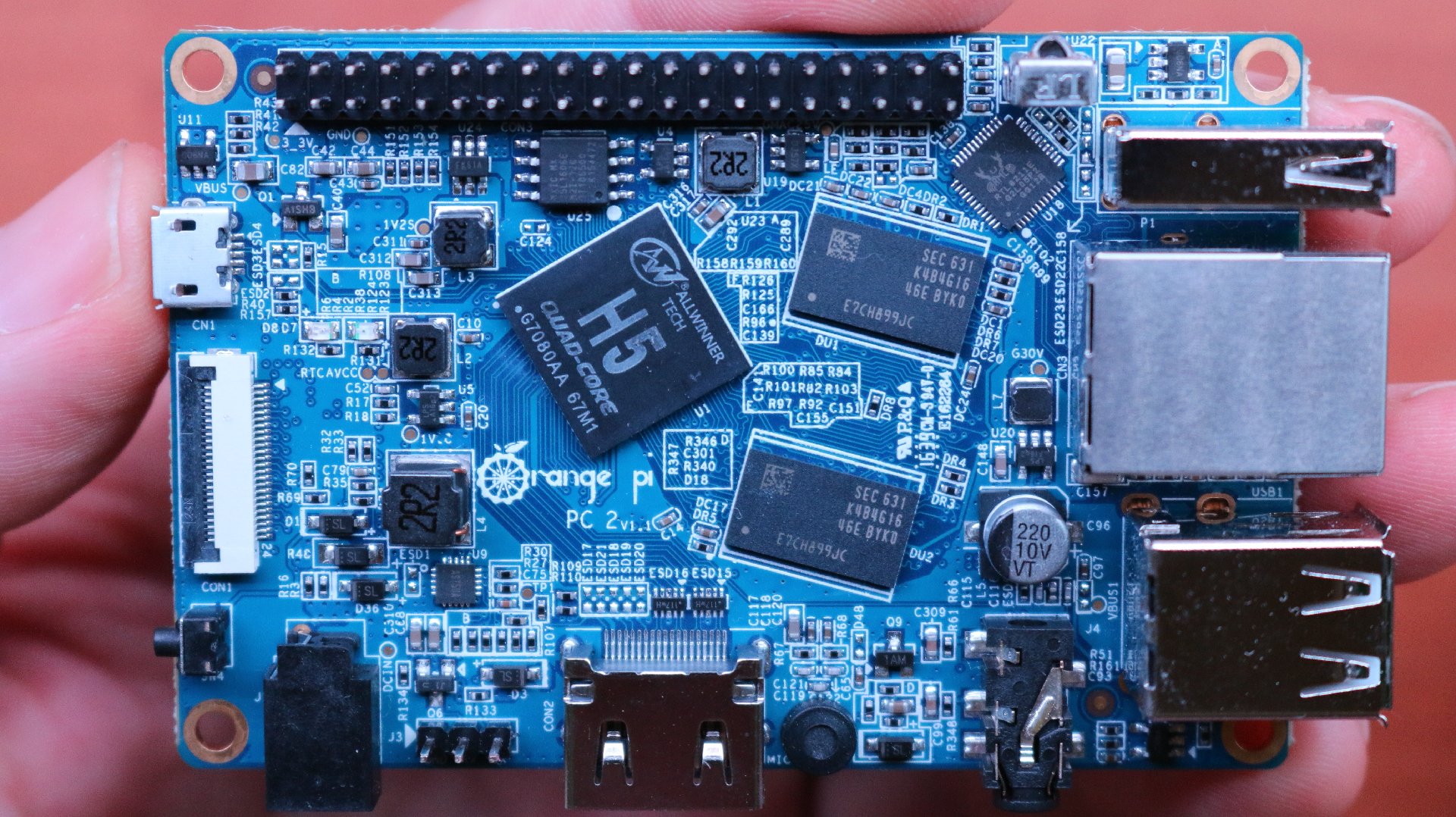

Pinebook currently ships with a rather clean Ubuntu Xenial on the eMMC with Mate desktop environment based on latest BSP u-boot and kernel. What you see here is a graph drawn by RPi-Monitor, one of my favourite tools to get a clue what's going on with ARM devices (since it's not a heavy monitoring tool that changes the way the OS behaves but it's pretty lightweight sp you can run it in the background and let it monitor/record stuff like cpufreq scaling, consumption and so on). So it seems the combination of a thermal pad with a large metal plate inside the case is rather sufficient:

Throttling settings are rather conservative with 65☌ defined as first trip point and only after a couple of minutes the internal A64 SoC temperature reached this value and slight throttling occured (1.15 GHz down to 1.1 GHz, that's a 'difference' you won't be able to notice). This is the moronic sysbench pseudo benchmark calculating prime numbers endlessly and the Pinebook sitting on a pillow to prevent airflow below the case bottom. I've been curious how well the Pinebook's thermal design is and it looks pretty good. IPS and coating - it should be obvious if you've the 'you get what you pay for' principle in mind but I'm sure we'll see reviews somewhere else where people are comparing Pinebook with Chrome/MacBooks and think they would get the same display quality for a fraction of costs) Pinebook is wedge-shaped and thickness matches both the 2011 15" MacBook Pro and the 13" from 2015:ĭisplay size closely matches the 13" MacBook Pro (but of course pixel density / resolution don't match as well as quality: TN vs.

To get the idea about dimensions I added a 13" and a 15" laptop to the picture. A lot of work still has to be done to get a decent laptop experience with this hardware so this is neither a review nor a stupid Un-Review but just a preview instead. Yesterday my 14" Pinebook arrived so I thought I'll collect some already available information.


 0 kommentar(er)
0 kommentar(er)
